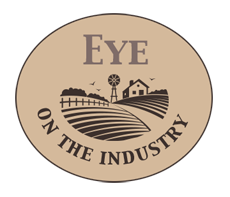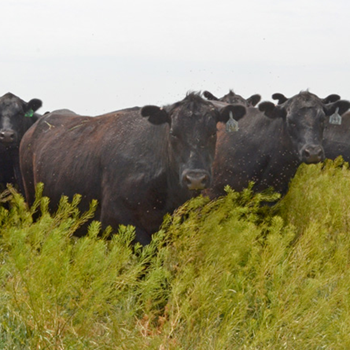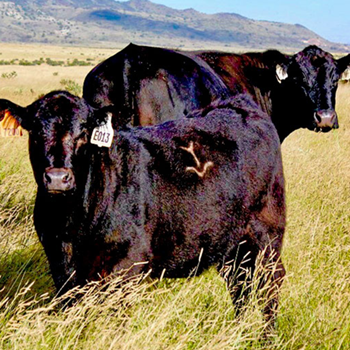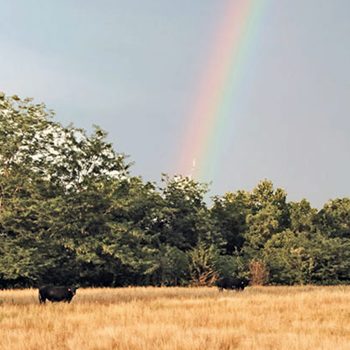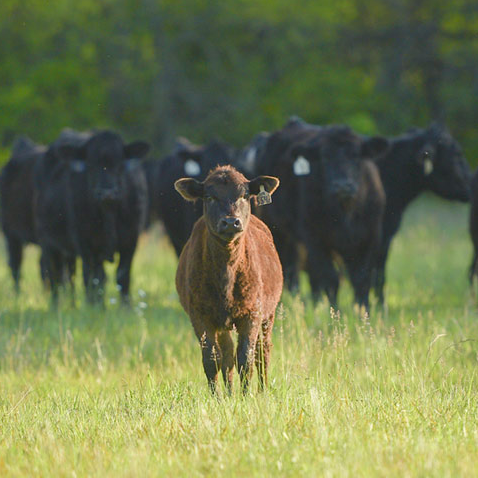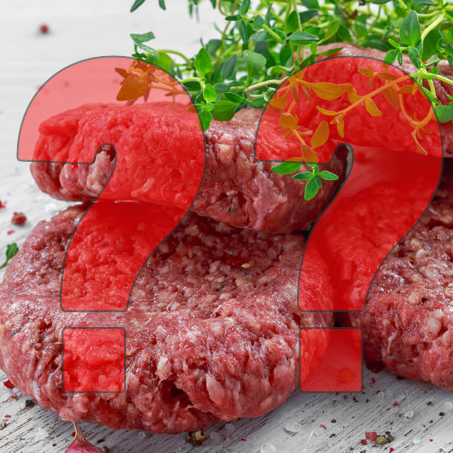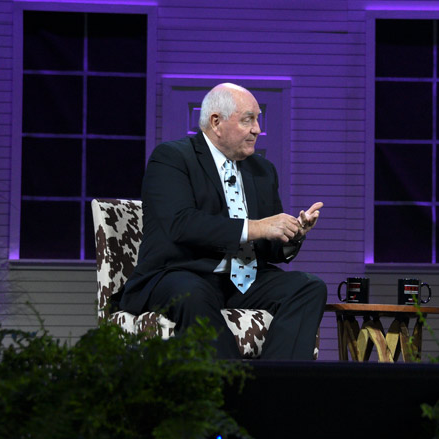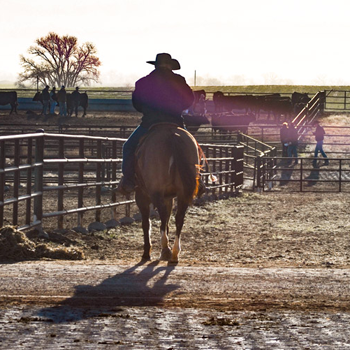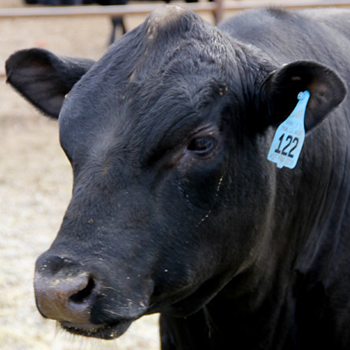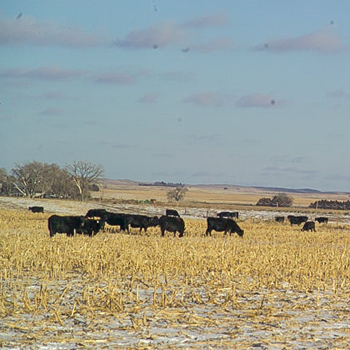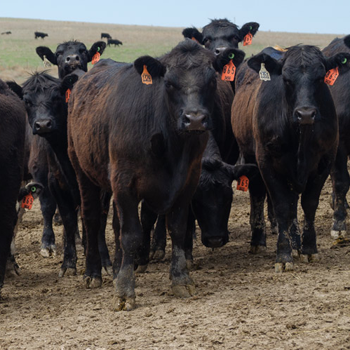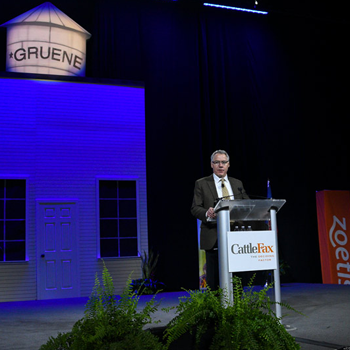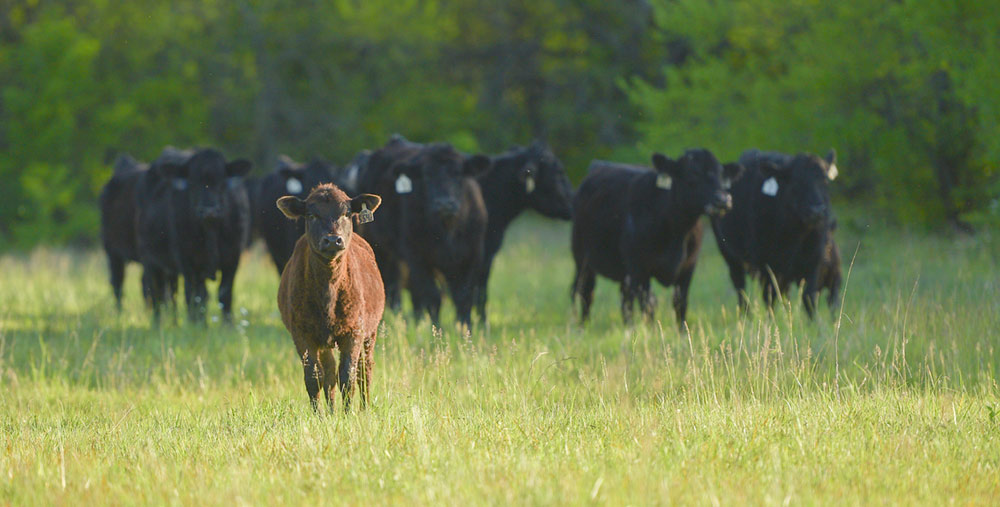
Beef Supply, Demand and Leverage Points
Growing demand and increasing beef prices at the consumer level will be supportive of cattle prices.
Unfavorable weather in much of the Plains last year and disappointing calf values last fall contributed to a cool down in the expansion, and even some liquidation, of the U.S. beef cow herd in the last 12 months, said Kevin Good, vice president of industry relations and analysis for CattleFax. After five years of expansion, the national herd inventory plateaued in 2019, settling in at 31.3 million head Jan. 1, 2020. That plateau is expected to continue.
Likewise, at 26.4 million head, the Jan. 1 feeder-cattle and -calf supply outside of feedyards is down 0.4% from 2019, likely slowing growth of feedyard inventories in 2020.
Yet record-large beef production — 27.7 billion pounds (lb.) — is expected in 2020, the result of increases in production and efficiency that Good called a tremendous sustainability story for the beef industry.
“As we look in the rearview mirror and think about where we’ve been since our peak, we’ve seen about a 30% reduction in total numbers,” said Good. “At the same time, beef production per cow has increased roughly 50%, more than offsetting that decline in numbers. … We have record production with 30% less supply from a headcount standpoint, improving efficiencies and sustainability.”
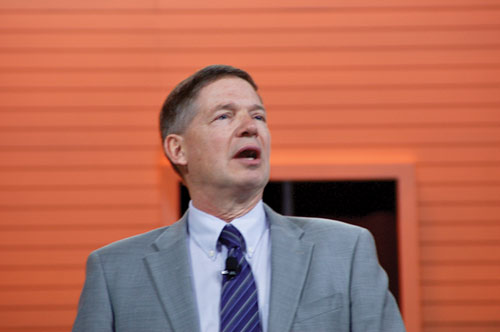 |
“The function of the market is to spread cattle supplies to where they’re needed,” said Kevin Good. “We are starting to see that.” |
The CattleFax analyst suggested the plateau in beef cow numbers would continue and annual beef production increases would slow, peaking at more than 28 billion lb. Though starting the year elevated, he said, cow slaughter numbers would retract, more so in the second half of the year than the first.
Good suggested beef calf numbers would remain basically flat for the next 12-24 months. Looking at what is in the pipeline, he said CattleFax expects fed-cattle slaughter to be up by about 250,000 head in 2020.
CattleFax data would indicate placements into feedyards being up the last four months of 2019 and January 2020.
“In the last five months, we’ve placed roughly about 425,000 head of cattle more than in the same period of time a year ago,” said Good. But, looking at available feeder-cattle and -calf supplies and a smaller calf crop last year, “at some point as we move forward over the next six to nine months, we should see a period of time where placements year over year start to track below year-ago levels.”
Leveraging shackle space
Good predicted slaughter levels would be about 250,000 head this year, basically 1,000 head per day with a five-day kill week.
“If you look at the packing industry today, they are much more efficient,” Good said, suggesting a silver lining to adjustments made following the plant fire in Finney County, Kan. “We see more shifts going online this year, so we’re going to suggest that on a daily basis, capacity will be 1,500 to 2,000 bigger this year than it was a year ago.
“Even though the packing industry is going to have a very robust year from a profitability standpoint,” Good said, “the leverage component is starting to swing … back into the cattle feeder’s favor.”
Facing seasonally tight supplies the next 30-60 days, the market is starting to incentivize cattle feeders to sell cattle, said Good. “We won’t be surprised if we see harvest rates going through February and March maybe exceeding our expectations, pulling some of those cattle away from those bigger placements in the summer.”
Another component of production, weight, has typically increased about 5 lb. per year, said Good. Last year, weights were down, but with better feeding conditions this year weights are expected to be up about 10 lb. Harvest rates up about a quarter million and weights up 10 lb. equates to increased production of basically 2%, he noted.
Trade’s impact
Good was optimistic about gaining more access to China and reduced tariffs going into Japan, forecasting a 5% increase in exports this year. Imports, he predicted, would be smaller, primarily because of relationships of 90% trim prices in the United States compared to Australia and the fact Australia has experienced severe liquidation over the past two years due to drought. With rain in the forecast, they should start to expand, diverting pounds of beef from the market as that happens.
“An improvement in the balance of trade of 10% (imports down 5% and exports up 5%) on 3 billion pounds, is roughly 300 million pounds,” Good said. “As you think about that in the big-picture perspective, we’re suggesting that beef production is going to be up 600 million pounds. So the balance of trade this year could easily take 50% of that production increase off the market, keeping our domestic supplies more manageable.”
Good noted the importance of export values.
“About $350-$360 per head is generated from overseas sales,” he emphasized. “From a fed-steer standpoint, that represents about 20% of its value.”
Good predicted per capita consumption for the year would increase 0.4 lb. from last year to 58.4 lb.
Competing proteins pork and poultry have also increased production, with pork expected to be up 2.5% and broiler production up 3.7%. Pork exports are expected to be up 15% and broiler exports up 8%, taking more than half of the increased production off the domestic market, said Good.
“Unfortunately, with the increase from a production standpoint, it still tells us we have a bigger supply of protein on the domestic market to work through as we go through the next 12 months,” he said.
Since 1998, expenditures for beef have gone up basically double the rate of inflation, indicating very good demand growth, Good explained. “There’s more dollars coming into our business than ever before. … Over the last 20 years, the industry has responded with higher-quality product, more consistency, a better message and we have seen an increase in market share.”
The animal protein industry has a bigger pie than it had 20 years ago, and beef now has a bigger share of that pie, he said. “Consumers are willing to spend more for beef than they are for pork and poultry.”
The beef industry has benefited from a robust economy during the last 20 years, Good cautioned. When the economy is in a recessionary state, the beef industry tends to suffer because of beef’s higher price point.
“As we go forward, messaging our product on sustainability is going to be huge as you think about continuing gains in consumer confidence and to continue the trend of more dollars being spent on our product compared to that competition out there,” Good said.
Forecasting prices
“With strong demand for U.S. beef at home and rising demand overseas, the modest increases in supply will be more than offset by a growing consumer appetite for our product,” said Good, who projected all-fresh retail prices will rise to reach an average of $5.87 per lb. during the year ahead, an increase of 5¢ per lb. over 2019.
“Higher wholesale beef values are a reflection of improving domestic and global beef demand,” Good noted, pointing out that CattleFax projects composite cutout prices will rise $3 during the year ahead to reach $222 per hundredweight (cwt.).
Growing demand and increasing beef prices at the consumer level will be supportive of cattle prices, with leverage beginning to shift away from the packing sector as more shackle space becomes available during the year ahead. Good said CattleFax projects fed-steer prices to average $120 per cwt. during 2020, an increase of $3 from the previous year. Through the year, he noted downside risk to the $108 level, with resistance at the top near the $130 level. Calf prices are also expected to move higher in the year ahead, with 550-lb. steer prices trading in a range of $155 to $180, averaging $170, up $6 per cwt. from 2019 levels. Feeder prices will also rise, with 750-lb. steers trading from $140 to $160, with a yearly average of $150, also $6 per cwt. higher than last year’s average.
He projected utility cow prices should range from the low $70 level to a fall low near $55, while averaging near $65 per cwt. for the year, an increase of $5 per cwt. over 2019 levels.
Editor’s note: Lead photo by Cooper Woodrow, 2019 NJAA/Angus Journal Photography Contest. Good's photo courtesy AgWired.
